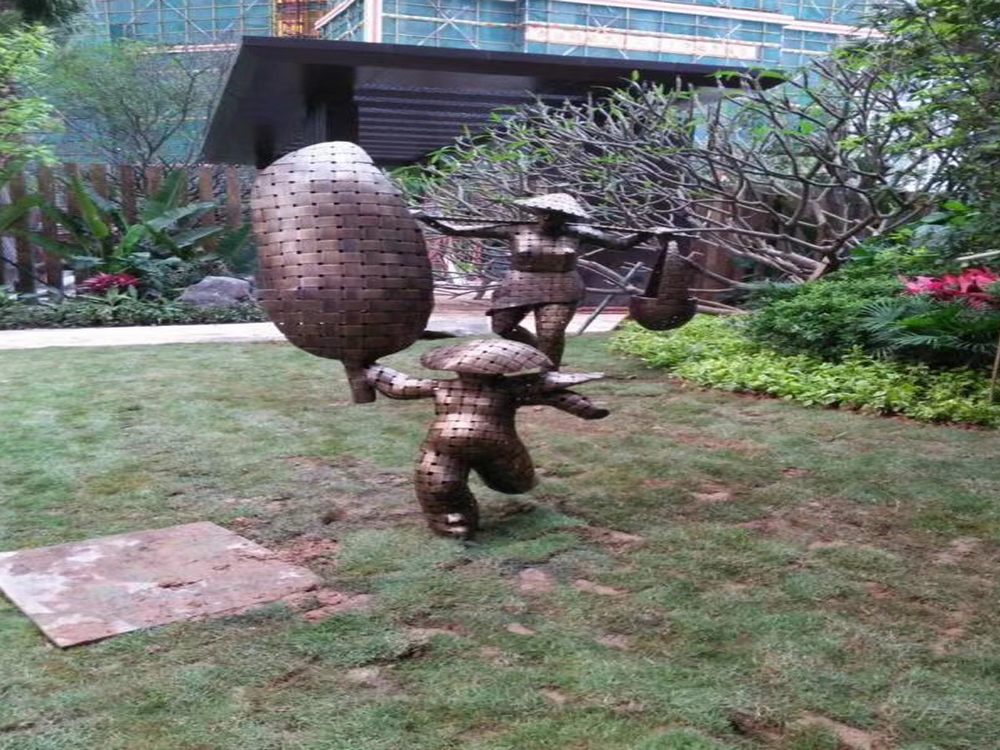
Wood carvings sculptures hold a unique place in the broader category of folk art, serving as tangible expressions of cultural identity and communal creativity. Rooted in tradition, these handcrafted pieces often depict local myths, religious symbols, or everyday life, bridging the gap between past and present. Unlike mass-produced art, wood carvings carry the unmistakable touch of the artisan, with each chip and groove telling a story of skill passed down through generations.
Folk art, by definition, emerges from the grassroots level, reflecting the values and aesthetics of ordinary people. Wood carvings fit seamlessly into this category because they are typically created by self-taught or informally trained artists who work within community traditions. Whether it’s intricate religious icons, whimsical animal figures, or functional household items, these sculptures often serve both decorative and utilitarian purposes, embodying the practicality and spirituality of folk culture.
Moreover, wood carvings are deeply tied to regional identity. From the bold, geometric patterns of African tribal art to the delicate floral motifs of Scandinavian craftsmanship, each style reveals the environmental and social influences of its origin. This diversity makes wood carvings a vibrant subset of folk art, celebrating local materials and techniques while preserving heritage in a rapidly modernizing world.
In essence, wood carvings sculptures are more than mere decorations—they are cultural artifacts that encapsulate the soul of folk art. Through their timeless appeal and handmade authenticity, they continue to inspire and connect communities across the globe.

